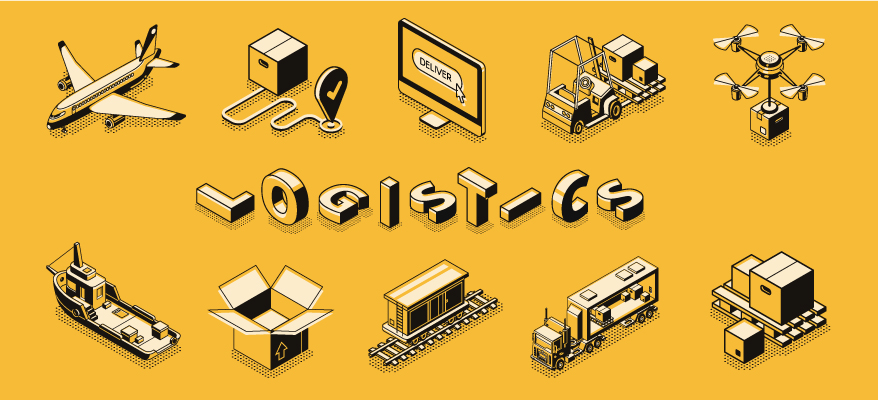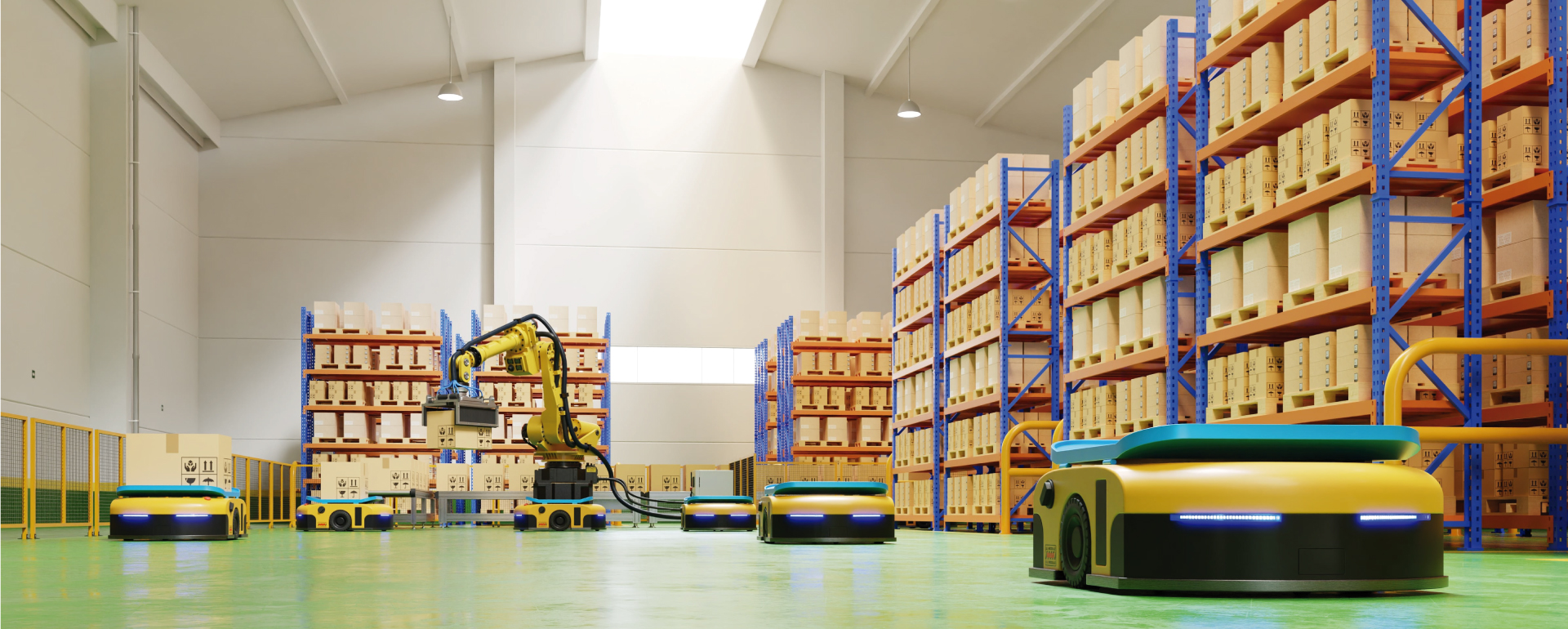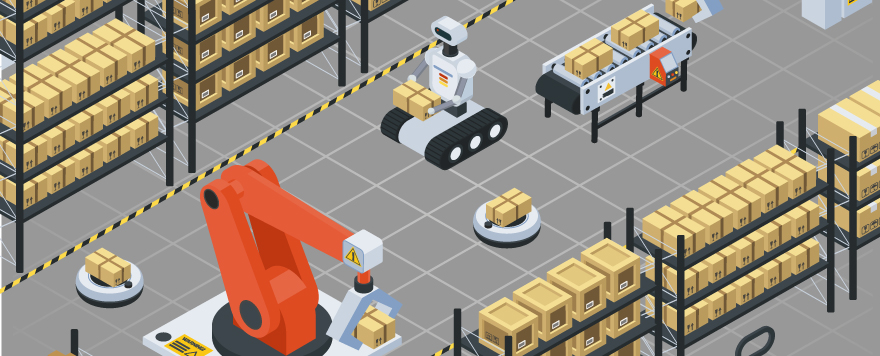In the logistics industry and especially in the field related to Logtech, we find many specific terms, which must be defined for a full understanding of the information disseminated regarding the two topics.
For this reason, CubiQhas selected 20 terms that must be taken into account in the new trend of logistics 4.0that is directly related to the technological and internet advances of things.
1. Automation: is the result of converting processes that are repetitive into systems that run autonomously, which means that they do not require human intervention to be carried out. This is achieved with technologies such as artificial intelligence or machine learning; which allow to optimize and improve the operation of industrial plants, warehouses, among others.
2. Big data: is the agglomeration of information that organizations have. These technologies are considered by companies, when
they have large amounts of information that must be analyzed by professionals in the field, to find through
the processing of this data, solutions to problems related to user experience, customer service, among others.
3. Cubing: this is the process that allows for the sizing of objects, finding their volume, and weighing them; thus, having detailed information about them. This practice is used in logistics, to have exact information about the goods, for its later storage or transport.
4. Cross docking: refers to a type of order preparation in which the goods are distributed directly to the user, without
going through a previous storage period.
5. E – Commerce: is the process by which two or more parties conduct a
business transaction through a computer and access network.
6. Packaging: is what covers the merchandise to protect it during shipping, handling, and storage so that it arrives in good
condition at its destination.
7. Freight: is the price paid to a logistics company for the transport of a good from the origin to its destination. This cost varies depending on the size, weight, distance to be covered, quantity, among other aspects that are taken into account.
8. Freight Forwarder: is a freight consolidator agent who plays an intermediary role between the client who hires him and the various transport and logistics services that are involved in getting the cargo to its destination. This agent is responsible for all logistics, including documentation to ensure that the goods arrive on time to the end user.
9. Artificial Intelligence: it is a branch of technology that is recognized as that action carried out by the human being to train a
neural network through algorithms, with the aim that a machine finds a certain pattern and has a specific behavior
within a system.
10. Reader: A device that examines a special pattern and generates analog or digital signals corresponding to the pattern. They are frequently used in the search for marks, mark recognition, or bar codes.

11. Reverse logistics: can be understood in two ways, as the process that deals with the recovery and recycling of packaging, packing and hazardous waste; or as the return of excess inventory, and customer returns.
12. Machine Learning: is composed of techniques that come from artificial intelligence and allows machines to learn to execute an action without being expressly programmed to do so. An indispensable skill to make systems, not only intelligent, but autonomous, and able to identify patterns among the data to make predictions.
13. NTEP: National Conference on Weights and Measures. It is the entity in charge of granting the certificate to the devices in taking measurements and weighing. This certificate indicates that the equipment is accurate in the information it provides to its final customer.
14. NLP: is natural language processing (NLP) and is defined as the ability of a computer or electronic equipment to understand human language as it is spoken. An example of this is the iPhone assistant, Siri.
15. OCR: Optical Character Recognition, as the name suggests, refers to the optical recognition of characters contained in a picture or document so that they are easily recognizable by a computer. This technology in the logistics industry allows us to read the characters on a package label and scan this information. This is the reason why it is starting to become relevant in the sector, for the automation of processes.
16. Packing: consists of the process of packing and making packaging before delivery to customers. This aspect specifically is of special care, since it influences the experience of the final client because it is one of the first impressions he has of the brand and on the other hand this packaging must guarantee that the product arrives at its destination in good condition.
17. Picking: refers to the preparation of orders. It consists of the collection and combination of non-unitary loads to consolidate the order of a specific client. This activity can be carried out with an automated system or in a traditional, manual manner.
18. Mobile platforms: these are useful for transporting cargo and generally have one or more rollers or wheels that allow packages and goods to be moved easily.
19. Machine Vision: is defined as a methodology developed to convert images into information that can be processed by computers. This technology can be trained through digital algorithms to find specific patterns in objects or elements.
20. WMS: stands for Warehouse Management System; it is a type of software applied to logistics whose main purpose is to facilitate the management of warehouse operations.
To conclude, these terms will contribute to the understanding of the information that is disseminated in the industry and especially in our platforms, where you will find valuable content about the logistics sector and technological trends for you to reinvent your business with us and take it to another level.
Sources
https://www.fesc.edu.co/portal/archivos/e_libros/logistica/dic_logistica.pdf





